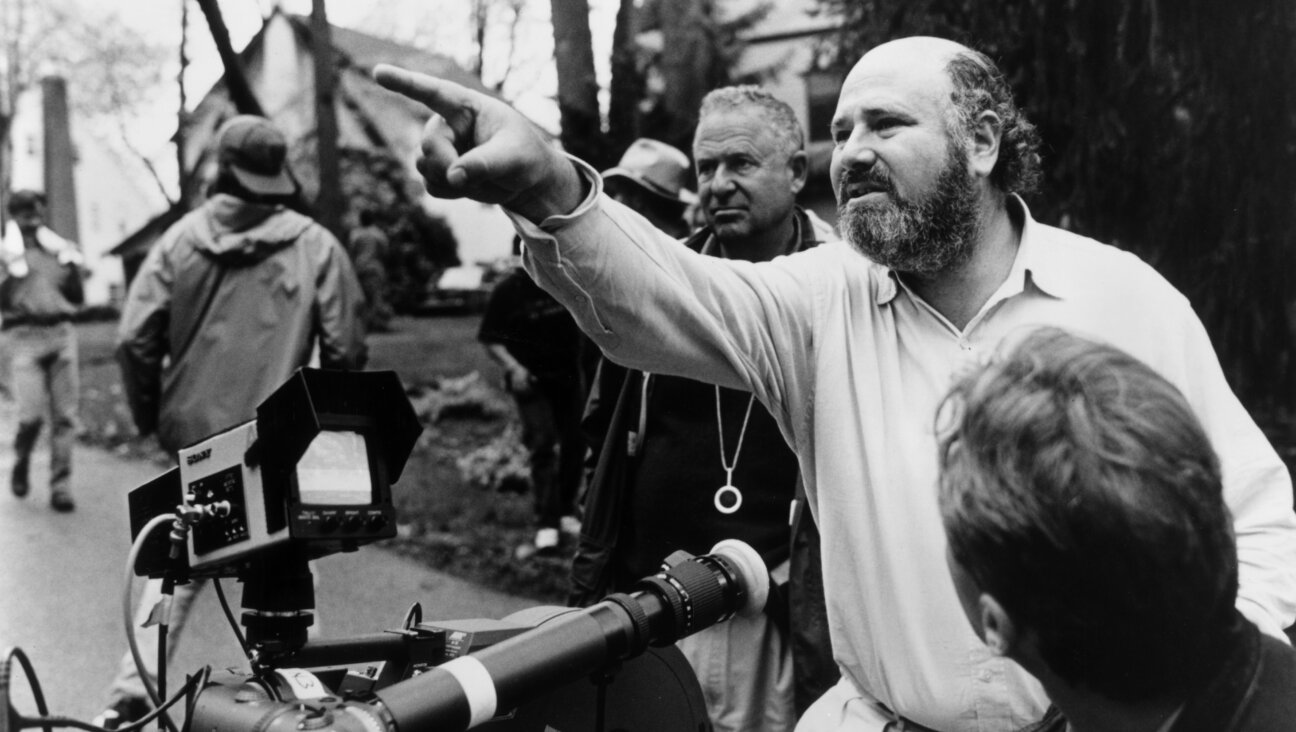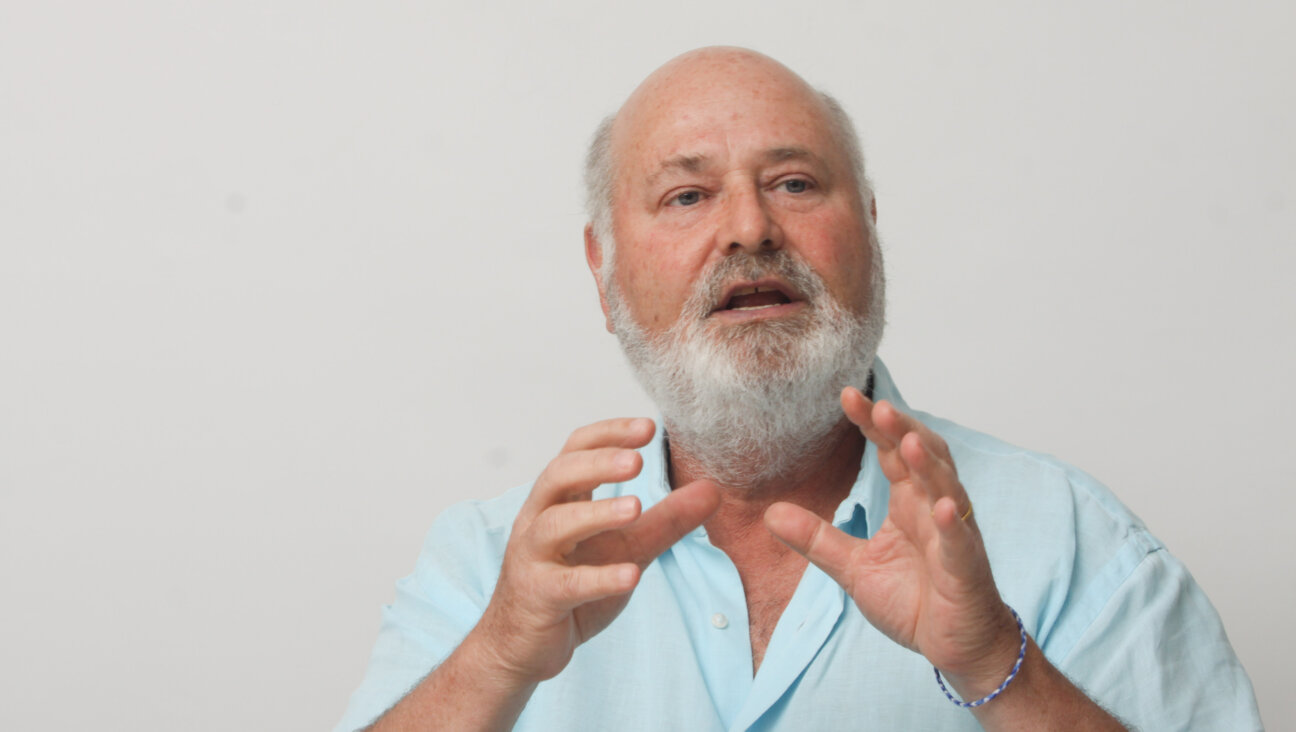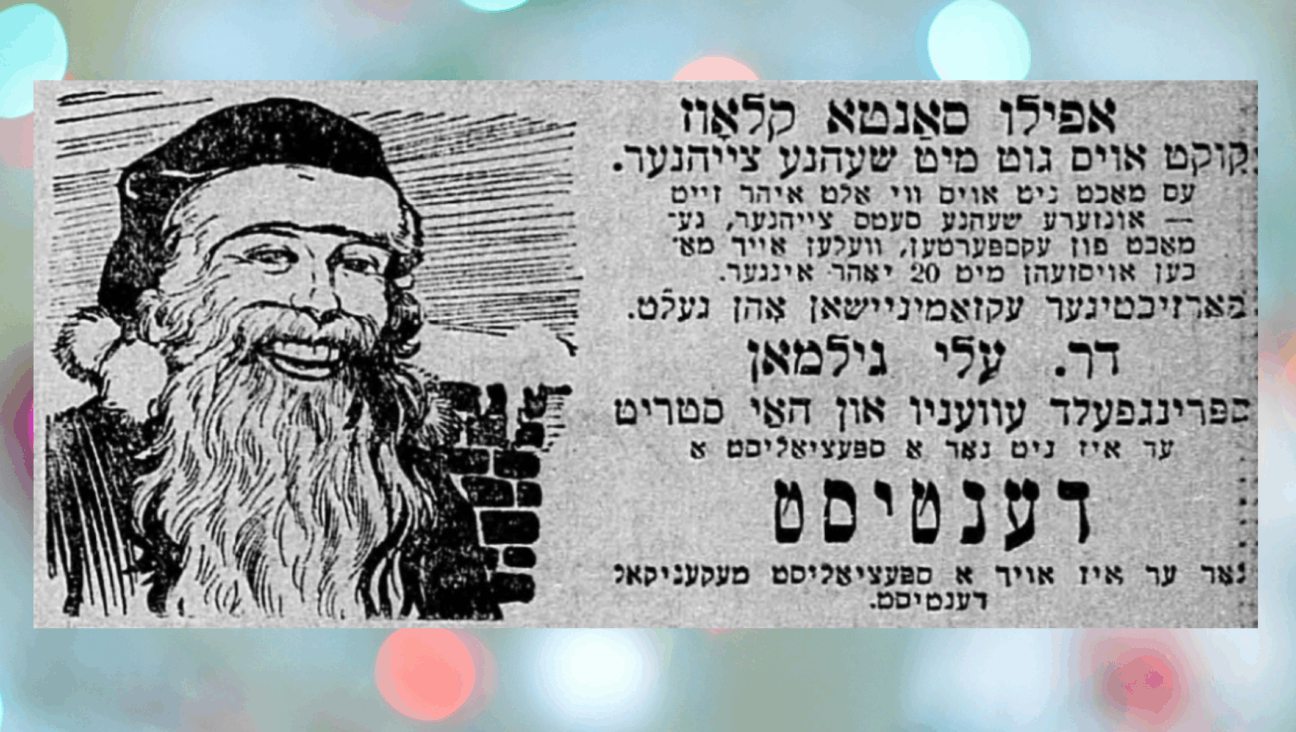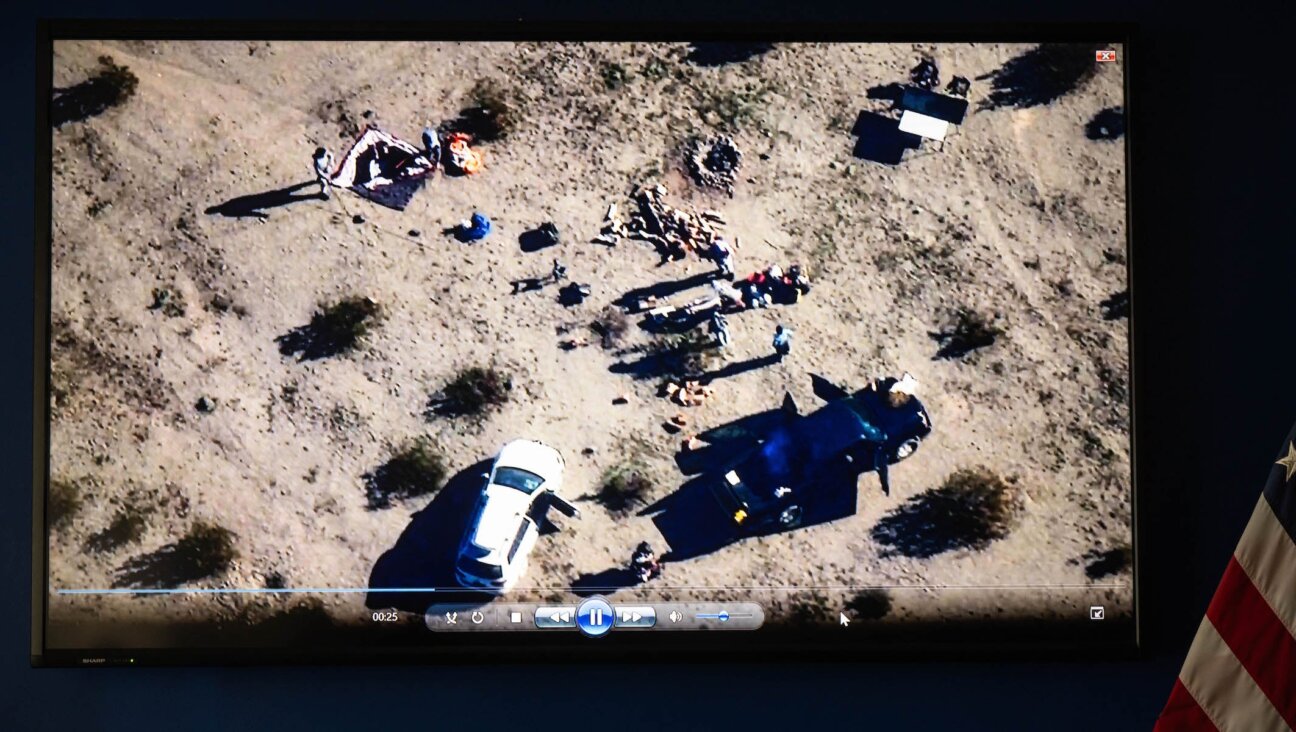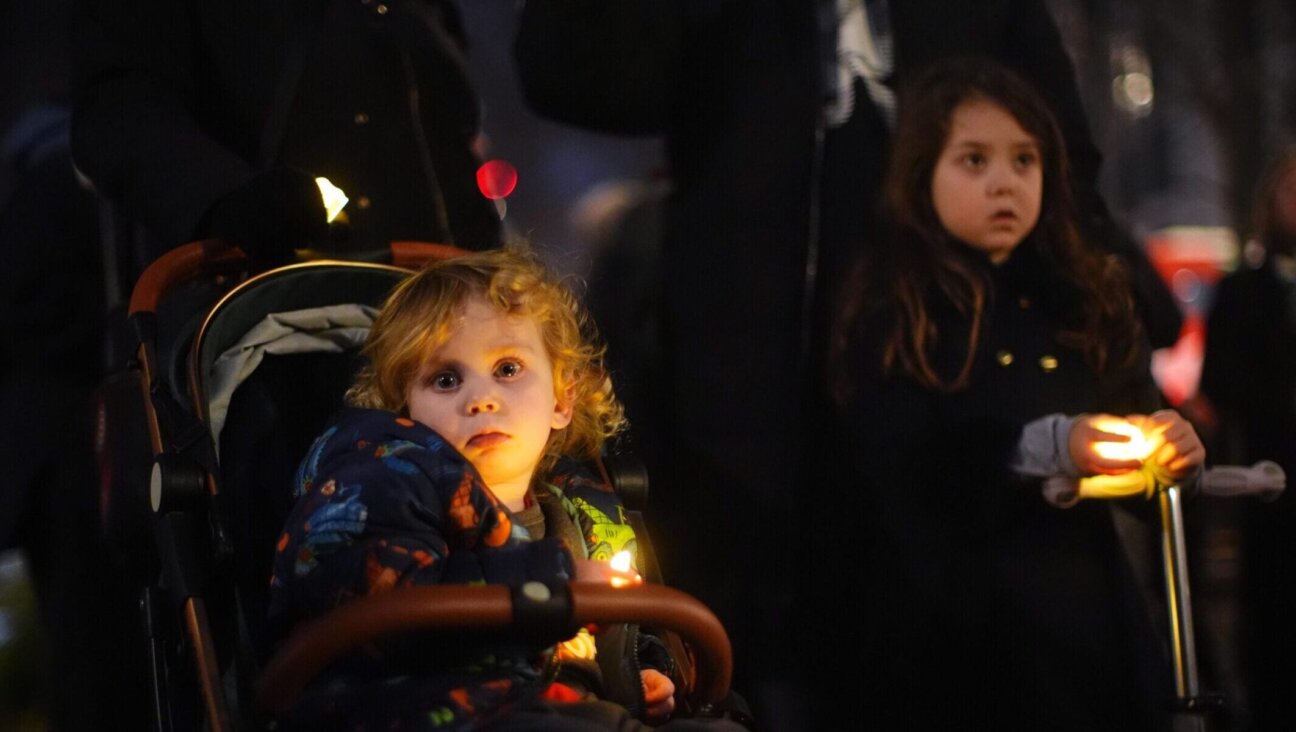If Ben-Yehuda Had Made Time the Way He Remade Hebrew
For those of you interested in the life of the celebrated Hebrew journalist and lexicographer Eliezer Ben-Yehuda (1858-1922), the most dominant single figure in the revival of Hebrew as a spoken language in late 19th- and early 20th-century Palestine, a new book purporting to be about him, “Resurrecting Hebrew” by Amherst College professor Ilan Stavans, has just appeared in the Schocken-Nextbook Jewish Encounters series.
Unfortunately, “Resurrecting Hebrew” is more about Stavans (a Mexican-born Jew who was educated in Yiddish and Hebrew and writes in English) and his meandering reflections and interviews with various pundits on language and multilingualism than it is about Ben-Yehuda, on the subject of whom it is not terribly enlightening.
This is a pity, because Ben-Yehuda, quite apart from the many legends and myths that have accrued to him, was a quixotically fascinating personality who has not been the subject of a full-length book written in English since Robert St. John’s 1952 biography and a 1972 study by Jack Fellman. Not all the stories told about him are necessarily true, such as the one about how, when his wife, Hemda, called out, “Eliezer, help, I’ve been bitten by an akrev!” he answered, “Hemda, how many times do I have to tell you that a scorpion in Hebrew is akrav?” (Like a great deal of Ben-Yehudiana, this does not appear in Stavans’s book.) But even if some of these tales are apocryphal, one can easily imagine them happening, for Ben-Yehuda was a stubborn man who always insisted on going his own way. Had it been up to him, we might this week be celebrating the start not of 5769, but of 1940.
This, too, cannot be found in “Resurrecting Hebrew.” Yet when Ben-Yehuda began publishing his weekly Hebrew newspaper Hatsvi in Jerusalem in the autumn of 1884, the date on its first issue was, “Friday, 5 Heshvan, 1816 years since the destruction of the Temple, 5645.” (There was no Gregorian date at all.) This formula was followed in the first seven issues of Hatsvi, after which “5645” was dropped. From then on, the only year on the masthead referred to the destruction of the Second Temple, which Ben-Yehuda chose to date to the beginning of the Romans’ siege of Jerusalem in 68 C.E. rather than to their final victory in 70. In everything else that he published, including his monumental 16-volume dictionary, he followed the same system.
Ben-Yehuda was an ardently nationalistic Zionist and an equally ardently anti-religious secularist, and his method of dating served both ideologies, replacing a chronology that started with God’s creation of the world with one that started with the loss of Jewish political independence in antiquity. And yet, just as he was always looking for justifications in Hebrew sources for his many linguistic innovations, so was his dating rooted in the past. Counting the years from the destruction of the Temple was actually quite common among Jews in the early centuries of the Christian era and was a system used in many ancient Hebrew documents and contracts. Although its year zero was eventually replaced by that of Creation, traces of it can still be found in Sephardic and Yemenite prayer books. Thus, for example, in some Sephardic liturgies for the fast day of the Ninth of Av, the day of mourning for the Temple, there is the passage:
“Alas for the destruction of the Temple! Alas for the burning of the Torah! Alas for the murder of righteous Jews! Alas for the sorrow of the Messiah [in having his coming delayed]! Today is ___|___| number of years since the destruction of our holy shrine.”
And though he was the first to revive this custom, Ben-Yehuda was not the only one. A number of other Hebrew and Jewish writers followed in his wake, including the editor of the Zionist publication Die Welt, Nachum Sokolov, who dated it as Ben-Yehuda had done with Hatsvi, and, in the years before his death, the renowned German-Jewish historian Heinrich Graetz.
In the end, of course, Ben-Yehuda’s innovation did not prevail. Indeed, with characteristic impulsiveness he overthrew it himself, for when the Balfour Declaration was issued by Great Britain in 1917, marking, so he believed, the beginning of the restoration of Jewish independence, he began to date everything to that. His tombstone on the Mount of Olives reads:
“Eliezer Ben-Yehuda
The Reviver of the Hebrew Language
And Author of the Great Dictionary
Died in Jerusalem in his 65th year the 26th of Kislev
Year 6 from the Balfour Declaration.”
And yet, had he lived to be 150, Eliezer Ben-Yehuda probably would not be wishing you a happy 91 this year either. The establishment of the State of Israel in 1948 would have trumped the Balfour Declaration, and we would currently be initiating the year 60.
There’s something to be said for sticking to tradition. A happy 5769 to you all!
Questions for Philologos can be sent to [email protected].
